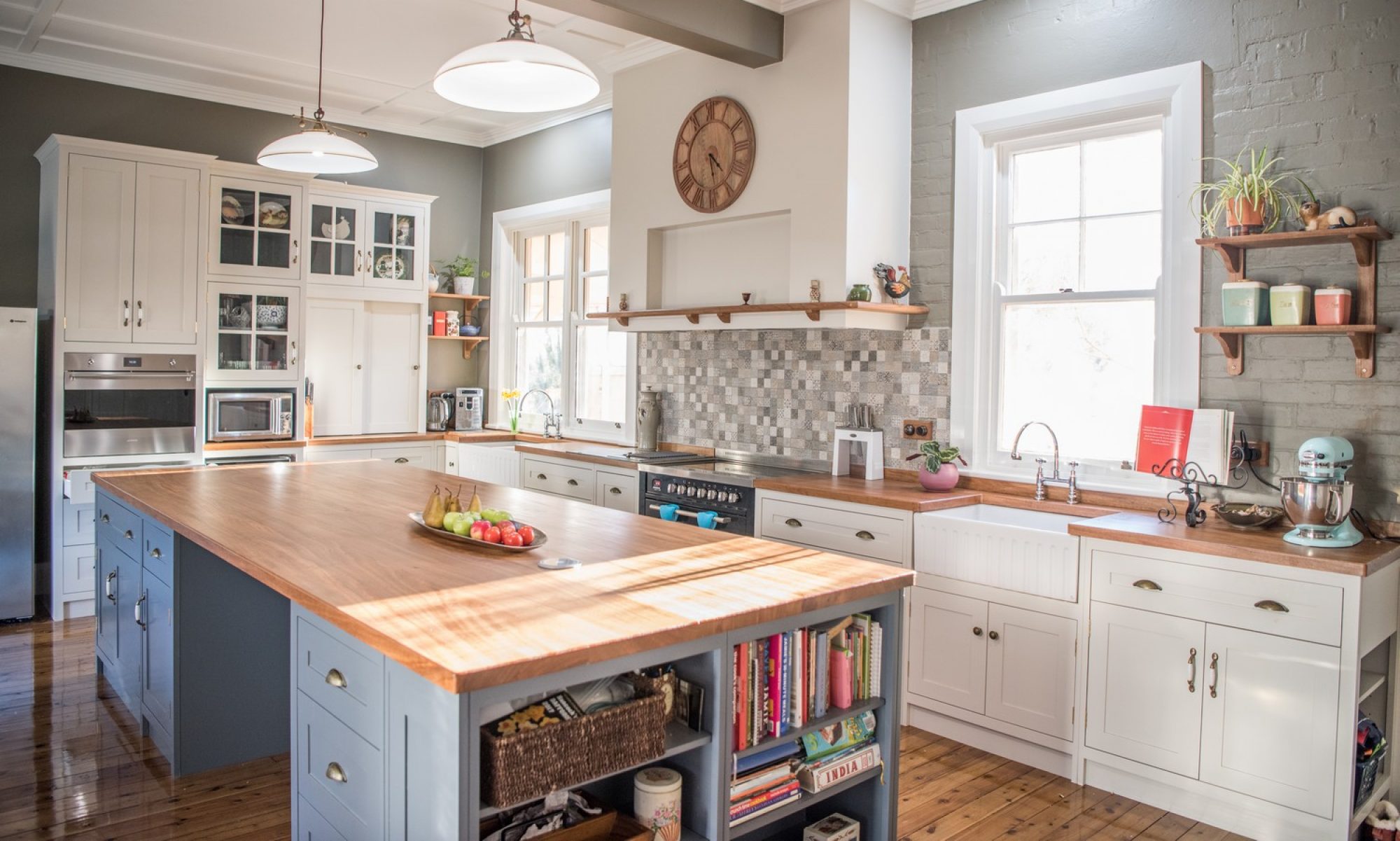Introduction
When comparing painted surfaces, colour inconsistencies are often observed. These can be inconsistencies between different paints which have been colour-matched, or with different surfaces painted in the same paint when viewed under different conditions. In this article, we explore when, how and why this happens.
Metamerism
Metamerism describes the way two coloured surfaces may appear colour-matched, or non Colour-matched, depending on the light under which they are viewed. This phenomenon results from the varying spectral power distributions of the surfaces.
In one case we had a client report that their windows had discoloured over time. We prepared freshly painted sample pieces of timber and took them to site as control tools. When we placed these sample pieces against the windows, they were perfect matches. However when we took the pieces away and looked at them under direct light, they appeared whiter than the windows. This was a result of metamerism as the paint colours were a perfect match when in the same light, and only appeared different when observed under different light.
Metamerism is common in painted surfaces as different paints have different formulations (Different pigments used etc). For this reason, paint matching is not a perfect art and inconsistency in colour is common. The below video explains metamerism whilst provide visual aids to demonstrate this effect.
Viewing Angle and Shading
The viewing angle also affects the appearance of a surfaces colour, along with the shading of surrounding objects.
In one experiment, we sprayed a window frame with a RAL 9010 (Pure White) coloured paint. We viewed the frame when stood upright and observed that the inside faces of the sides appeared whiter than the sil, which had a creamier appearance. However, when we then rotated the frame, the colour appearance adapted accordingly. The inside face of the side of the frame now appeared cream, whilst the sil appeared whiter.
This can happen because each piece is subjected to different lighting and shading. It is therefore metamerism as we explored above, resulting from the placement of the piece being viewed, and the respective viewing position. But in this case, we are seeing how the same paint changes it’s colour appearance when subjected to different lighting and shading, rather than comparing two different paints.


Sheen Level
Sheen level is another factor which can affect the appearance of a paint. Let’s say you try to colour match two paints. Each paint is tinted to the ‘same colour’, however one has a sheen level of 30% and the other has a sheen level of 60%. The two paints may appear to be different in colour as a result of how glossy and reflective they are. The 60% sheen paint may reflect more colour from the surrounding environment and appear glossier whilst the 30% paint may maintain it’s own colour to a greater degree and appear less glossy.
Paints with a higher sheen level also can often appear darker than the equivalent colour in a low sheen paint. The below article from Dulux Australia discusses this matter.
https://www.dulux.com.au/how-to/how-to-use-colour/how-to-choose-a-sheen-level
Environmental Factors
Environmental factors can also affect the colour of a paint. Depending on the paint and the environment it is subjected to, it may discolour as a result of being subjected to direct sunlight or moisture.
On a couple of occasions we have observed painted surfaces that have been discoloured by environmental factors such as pollen and dust. In one particular case, our customer reported that their white paint had yellowed. The paint we use is non-yellowing and so we were not surprised when we attended the site to discover that a yellow substance had stuck to the painted surface. We speculated from observing the surrounding environment, that it was yellow pollen. We were able to simply wipe the suspected pollen from the surface of the paint, revealing the true paint colour underneath.
As an experiment, we have painted test pieces of timber in matching paint then stored them in different locations over a period of a few months. One piece in direct sunlight, one in the dark of a cupboard and one subject to the ambient light in an office. At the end of the test period when we compared the samples side by side, they all matched perfectly. No discolouration had taken place with the paint we used under these conditions.
Key Takeaways
When trying to colour match paints, we must be mindful of the above factors. It is always advisable to for the customer to compare paint samples under different lighting in different locations before settling on a selection when colour matching is a concern.
As with the above, when settling on a paint colour selection, it is best to view it under different light and at different positions and locations, to consider how the appearance of the colour may vary.
Below are some other resources regarding this topic. If you would like a quote for painted timber doors or windows, please contact us.
https://www.carboline.com/solution-spot/posts/understanding-metamerism-color-matching-for-industrial-coatings/
https://www.wonderfulcolors.org/blog/metamerism-and-why-does-paint-color-shift/
https://www.apartmenttherapy.com/paint-color-matching-263322
